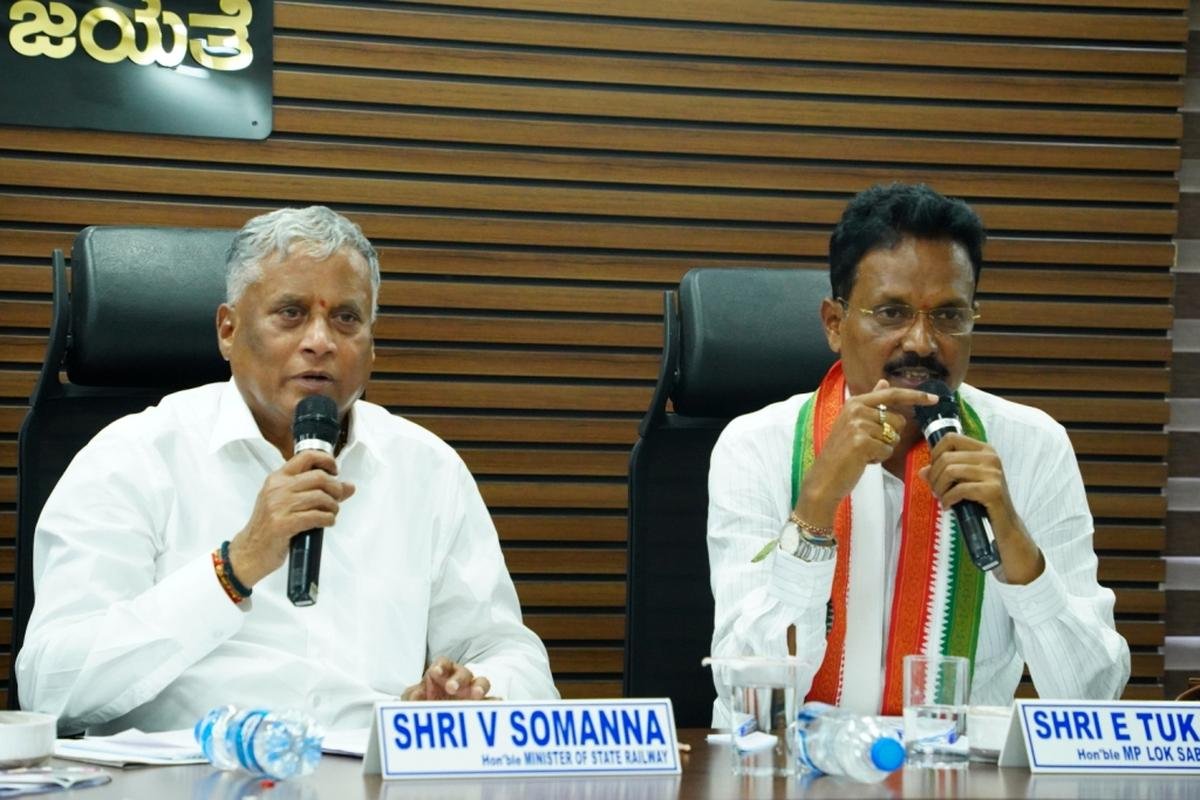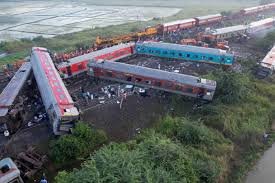The railway sector in India is witnessing transformative changes, and the latest announcement from the Karnataka region is a testament to this evolution. In an ambitious move to enhance transport infrastructure, the Indian government has earmarked a massive investment of ₹6,200 crore to develop railway projects in the Ballari and Hosapete regions. This strategic development is poised to bolster connectivity, stimulate economic growth, and cater to the burgeoning demand for efficient transportation in the area.
The Importance of Infrastructure Development in Karnataka
Karnataka, known for its rich cultural heritage and industrial prowess, holds a pivotal position in India’s economic landscape. Enhancing the railway infrastructure in the Ballari and Hosapete regions is crucial due to several factors:
- Strategic Location: These regions serve as vital transit points connecting major Indian cities and economic zones.
- Industrial Hub: Ballari and Hosapete are renowned for their iron ore mining and essential industries, necessitating robust transport facilities.
- Tourism Potential: Rich in heritage sites and natural beauty, improved connectivity can significantly bolster tourism.
Breakdown of the ₹6,200 Crore Projects
Within the span of these initiatives, several key components are set to redefine the railway network:
New Railway Lines and Connectivity Enhancements
- New Lines: Introduction of new rail lines to connect untapped regions, facilitating smoother and faster commutes.
- Doubling and Tripling of Tracks: Planned upgrades to existing tracks which will improve train frequency and reduce travel time.
- Electrification: Focus on electrifying lines to promote sustainable and eco-friendly rail transport.
Modernization and Technology Upgrades
- Station Revamp: Upgradation of railway stations to provide enhanced passenger amenities and security.
- Technology Deployment: Implementing cutting-edge technologies for efficient train operations and reduced delays.
Economic Impact and Employment Opportunities
The implementation of these projects is anticipated to provide a substantial economic boost across various fronts:
Local Economic Growth
- Investment Influx: The infusion of ₹6,200 crore will stimulate local businesses and attract further investments.
- Market Accessibility: Enhanced railway connectivity will open up markets for local goods, promoting trade both regionally and nationally.
Job Creation
- Construction and Development Jobs: Providing immediate employment opportunities to locals during the project execution phase.
- Sustained Employment: Long-term job creation in areas ranging from operations to maintenance of the railway network.
Social and Environmental Considerations
These railway projects are also aligning with broader social and environmental objectives:
Environmental Benefits
- Reduced Carbon Footprint: Electrification will significantly cut down emissions, promoting a greener transportation mode.
- Conservation Projects: Initiatives to ensure minimal environmental disruption during project development, preserving local biodiversity.
Social Impact
- Enhanced Connectivity: Providing improved access to education and healthcare facilities by connecting remote areas.
- Community Development: Increased access to resources can uplift underserved communities and aid in balanced regional development.
Challenges and Mitigation Strategies
As with any large-scale infrastructure project, certain challenges may arise, necessitating strategic mitigation measures:
Land Acquisition and Legal Hurdles
- Engaging Stakeholders: Proactive engagement with local communities and stakeholders to facilitate seamless land acquisition processes.
- Transparent Processes: Implementing transparent procedures to address and resolve any legal disputes promptly.
Financial and Technical Constraints
- Efficient Fund Management: Ensuring judicious allocation and utilization of resources to avoid budget overruns.
- Technical Expertise: Collaborating with industry experts and employing advanced technology for efficient project execution.
Conclusion: A Bright Future Ahead
The ₹6,200 crore investment in railway infrastructure for the Ballari and Hosapete regions marks a significant milestone in Karnataka’s developmental journey. These projects promise to bridge the gap between economic opportunities and available resources, ultimately enhancing the quality of life for the local population. By addressing connectivity issues and promoting sustainable transport solutions, the government is paving the way for a prosperous future—one where railway infrastructure plays a pivotal role in driving economic growth and regional development.
As these projects unfold, they will not only change the landscape of transport in Karnataka but also stand as a model of integrated and inclusive development practices in India.
“`






